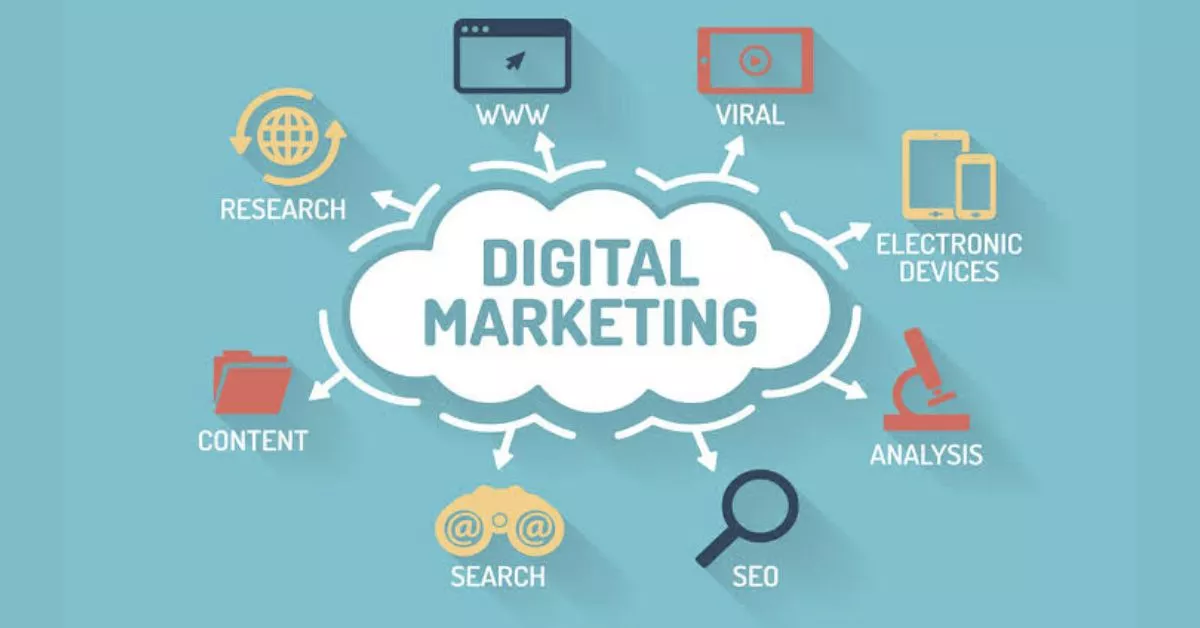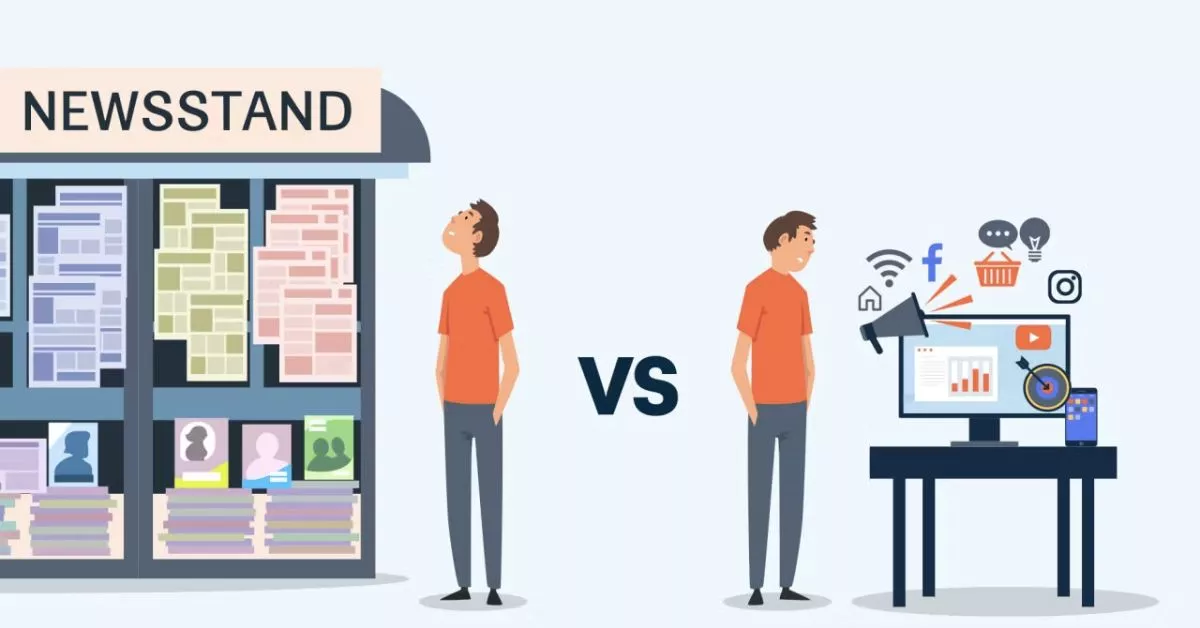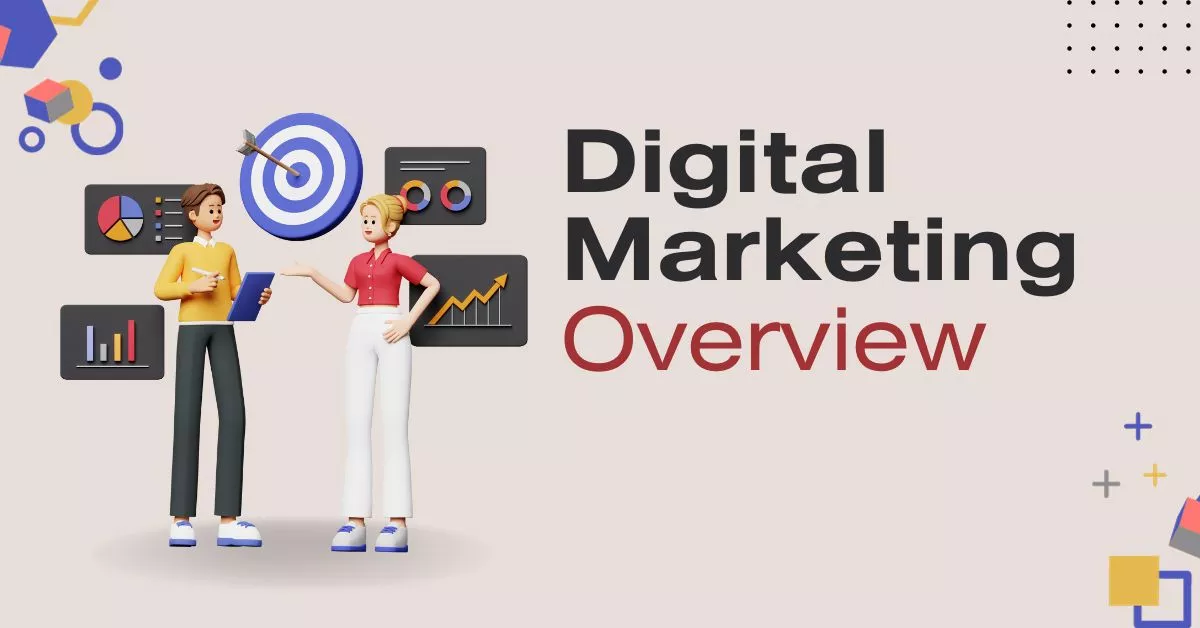In the ever-evolving realm of business and communication, digital marketing stands as a dynamic force, reshaping the way companies connect with their audiences. Let’s embark on an exploration of the key elements that constitute the digital marketing landscape.

The Essence of Digital Marketing
Digital marketing encompasses all online efforts to connect with potential customers, leveraging digital channels and technologies. Its primary goal is to build brand awareness, drive traffic, and generate leads through various online platforms.
Core Components
1. Search Engine Optimization (SEO):
- Purpose: Enhancing a website’s visibility on search engines.
- Key Tactics: Keyword optimization, quality content, and backlink building.
2. Content Marketing:
- Purpose: Providing valuable and relevant content to attract and engage a target audience.
- Key Tactics: Blogging, infographics, videos, and eBooks.
3. Social Media Marketing:
- Purpose: Building brand awareness and driving traffic through social media platforms.
- Key Tactics: Social media advertising, content sharing, and community engagement.
4. Email Marketing:
- Purpose: Nurturing leads and maintaining customer relationships through targeted email campaigns.
- Key Tactics: Personalized newsletters, drip campaigns, and segmentation.
5. Pay-Per-Click (PPC):
- Purpose: Driving traffic to websites through paid advertising.
- Key Tactics: Google Ads, Bing Ads, and paid social media advertising.
6. Affiliate Marketing:
- Purpose: Partnering with influencers or other businesses to promote products or services.
- Key Tactics: Affiliate programs, commission-based partnerships.
7. Analytics and Data Analysis:
- Purpose: Measuring and analyzing marketing performance for informed decision-making.
- Key Tools: Google Analytics, social media insights, and customer relationship management (CRM) systems.
Emerging Trends
1. Artificial Intelligence (AI):
- AI-driven tools enhance personalization, customer segmentation, and data analysis.
2. Voice Search Optimization:
- As voice-activated devices become more prevalent, optimizing for voice search is crucial.
3. Interactive Content:
- Engaging content like quizzes, polls, and interactive videos captures audience attention.
4. Video Marketing Dominance:
- Video content continues to be a powerful tool for conveying messages and building connections.
5. Chatbots and Conversational Marketing:
- Automated chatbots offer real-time engagement and assistance to website visitors.
Challenges and Opportunities
Challenges:
- Digital Saturation: Increased competition for online visibility.
- Ad Blockers: Users actively avoiding traditional ads.
Opportunities:
- Personalization: Tailoring content to individual preferences.
- Global Reach: Expanding markets beyond geographical boundaries.

As technology evolves, so does the landscape of digital marketing. The integration of AI, the rise of immersive technologies, and the ever-increasing importance of data-driven decisions will shape the future. Adaptability and a commitment to staying ahead of trends will be the key to success in this dynamic and fast-paced field.
In conclusion, digital marketing is not just a strategy; it’s an essential component of modern business. Navigating this landscape requires a holistic approach that embraces innovation, creativity, and a deep understanding of the ever-changing digital ecosystem.
